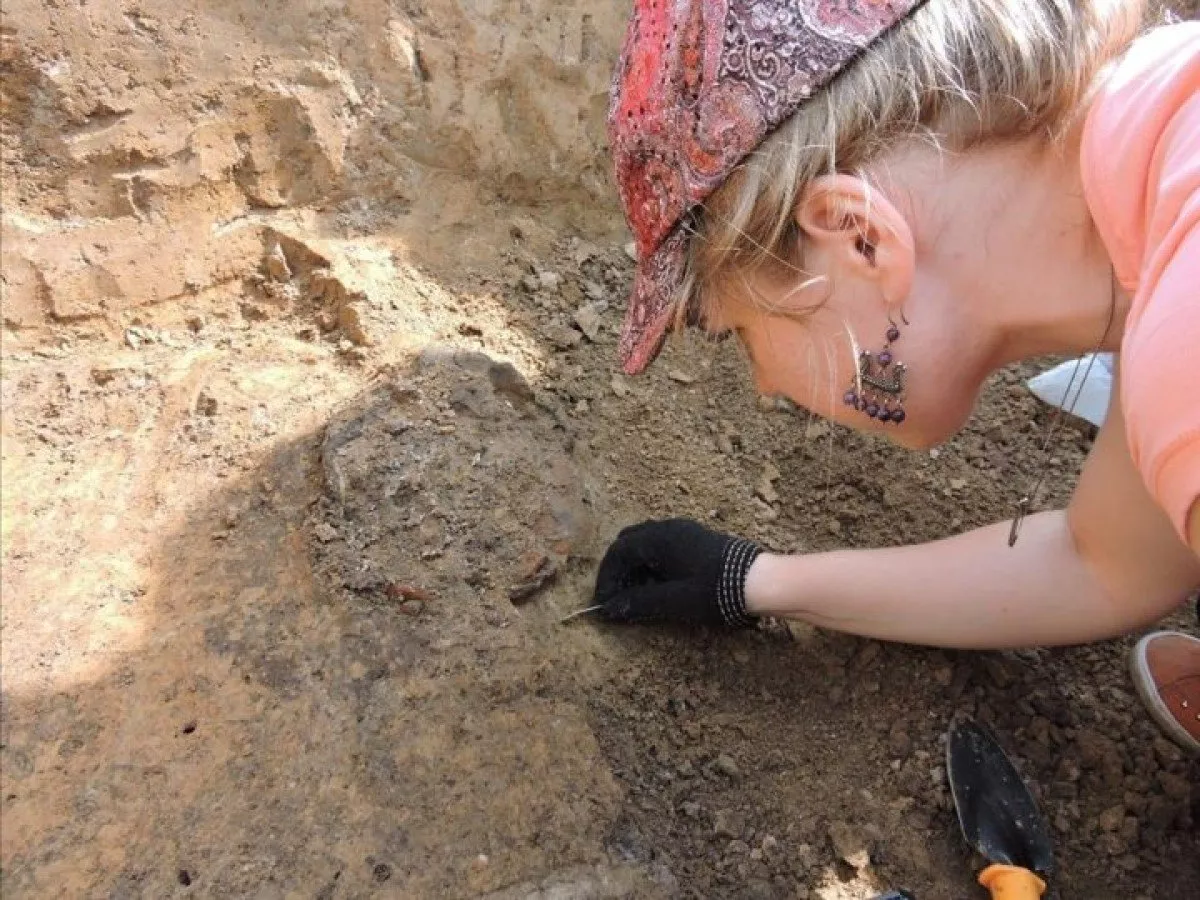
An international team of archaeologists from Uzbekistan, China, and Europe made an important discovery in the Toda cave located in the Surxondaryo valley. This was reported by Upl.uz.
Traces of an ancient human settlement dating back approximately 9200 years were found at this site. Among the findings were stone sickles, grains of wild barley, and remains of other cereal plants.
These artifacts indicate that local hunter-gatherers not only obtained food through hunting but also actively utilized the resources of nature. This settlement belongs to the early Neolithic period.
Researchers identified apple seeds, pistachio shells, narrow and long-edged stone knives, whetstones, and other tools. Damage on the tools suggests they were used for harvesting and processing wild barley crops.
Today, this plant still grows in the southern regions of the country. Interestingly, similar usage traces are found on sickles from the first agricultural cultures of the Levant and in findings from the Obishir-5 archaeological complex in the Fergana Valley of Kyrgyzstan.
According to scientists, the ancient inhabitants of Surxondaryo may have accidentally laid the foundations of agriculture, although intentional farming developed at that time in the Near East, India, and Iran. The discovery in Toda cave helps to better understand humanity’s transition from hunting and gathering to agriculture.
Researchers emphasize that through this finding they have come closer to understanding how the first farmers began cultivating cereal crops and the methods they used to store them. In recent years, Uzbekistan has been paying special attention to archaeological discoveries.
The country’s leadership is striving to strengthen its historical significance in the Central Asian region. For this purpose, Uzbek archaeologists are cooperating with foreign colleagues.
As a result of this collaboration, museums in Uzbekistan are being enriched with new exhibits. It is worth noting that previously, stone arrowheads dating back approximately 80,000 years were found in Uzbekistan.
This finding belongs to a period long before Homo sapiens widely used projectile weapons. The governments of Uzbekistan plan to continue archaeological research aimed at identifying new historical monuments.






